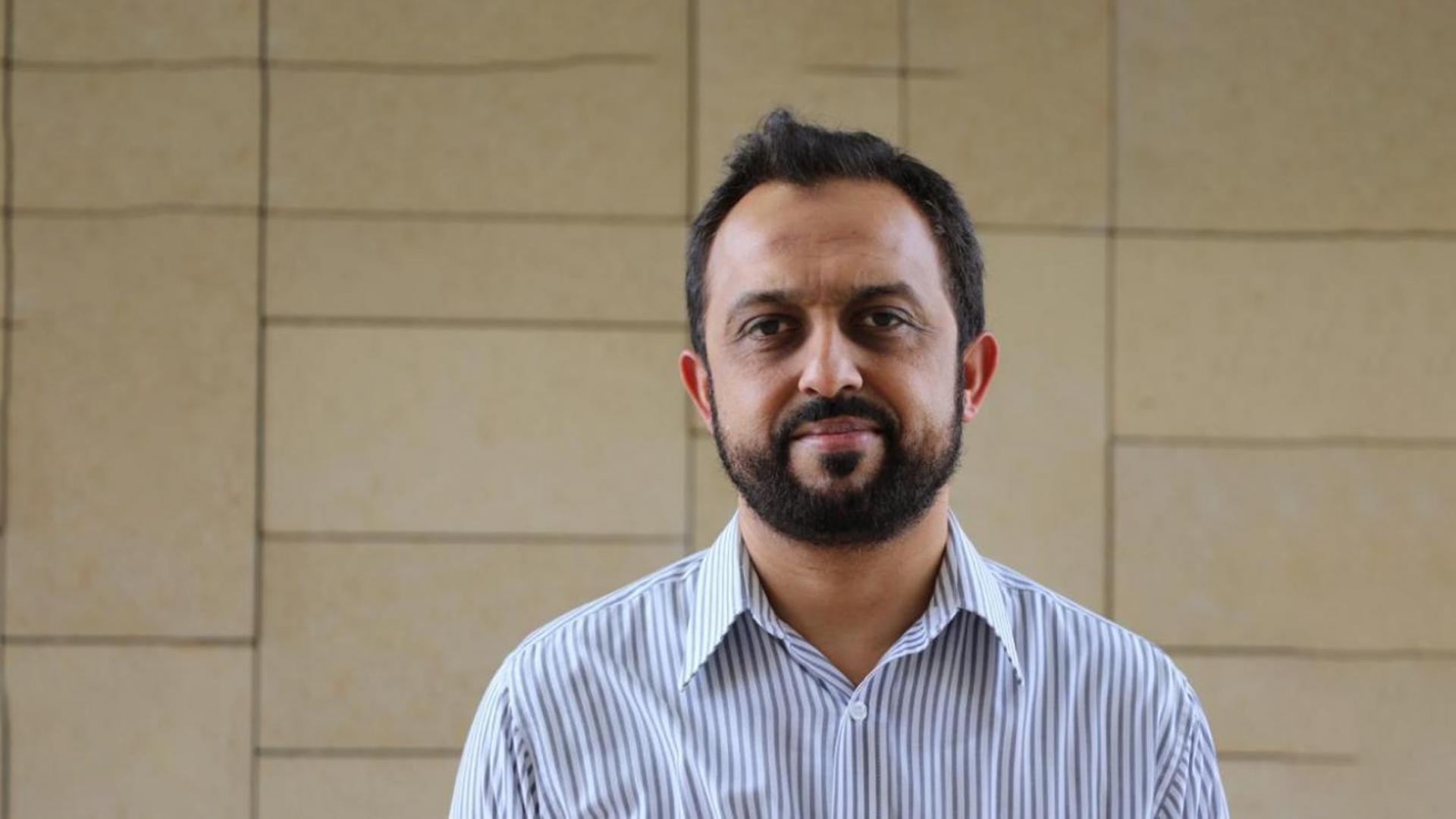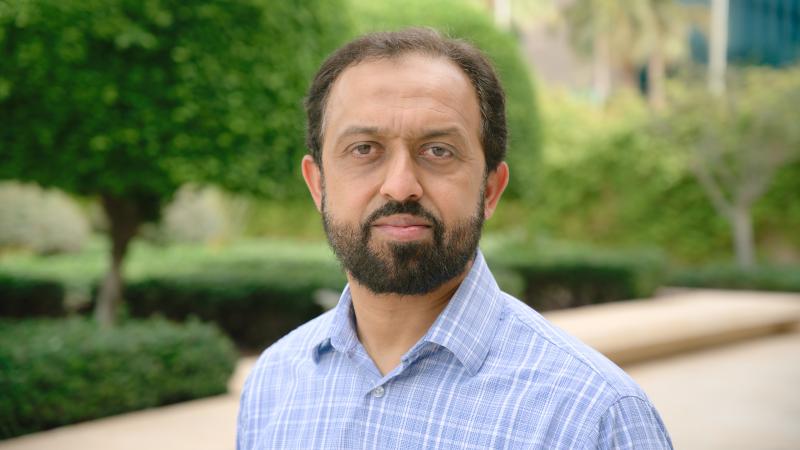-By David Murphy, KAUST News
Large area environmental monitoring can play a crucial role in dealing with crisis situations, such as forest fires or industrial gas and chemical leaks. Forest fires alone are responsible for thousands of fatalities worldwide every year and exposure to the unmonitored emission of toxic gases in industrialized and remote regions can also lead to fatalities and lifelong health issues.
Existing early warning environmental monitoring systems rely on satellite monitoring, watchtowers or expensive fixed sensors. Fixed network infrastructure can be implemented in specific areas, but installing such networks over large areas is not practical as the cost of installation becomes unreasonably high, especially in remote areas.
A group of KAUST researchers is seeking to address these environmental and high-cost concerns through the development of a low-cost, 3-D printed reliable node system. The system, developed by a team of researchers led by Associate Professor of Electrical Engineering Atif Shamim, works by saturating high-risk areas with disposable sensor nodes linked wirelessly to a few fixed nodes that raise the alarm. The smart sensor system is capable of detecting noxious gases and changes in temperature and humidity that could revolutionize environmental monitoring.

"The main idea was to create inexpensive, disposable, wireless sensors that can sense and send the data out. We wanted to prove that you don't need traditional, fixed, expensive sensors for environmental monitoring. We want to make sensors that are low cost, disposable, variable and dispersible," Shamim noted.
Read the full article

